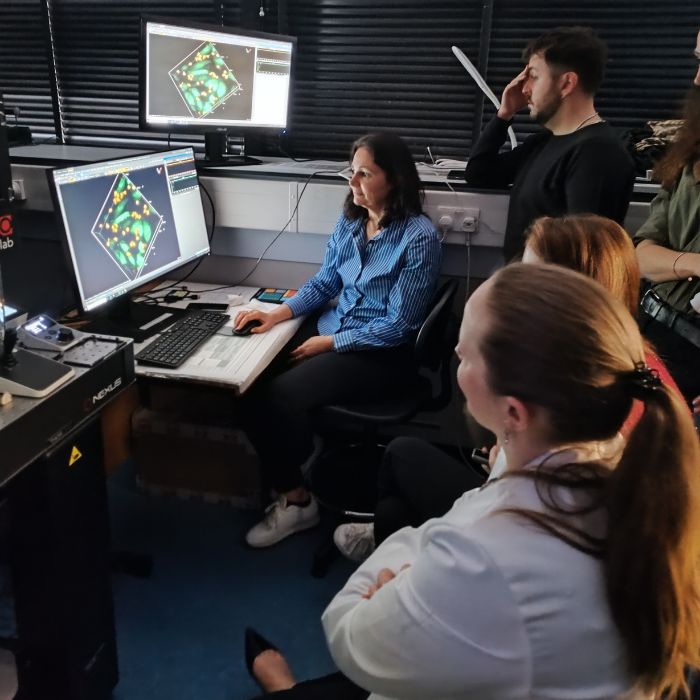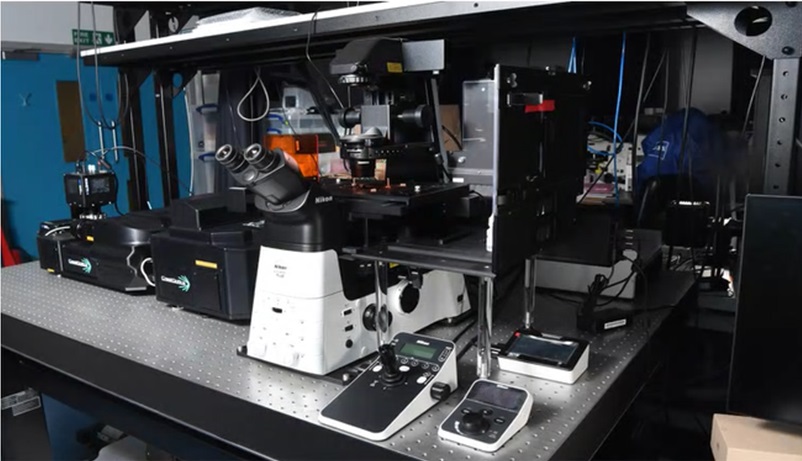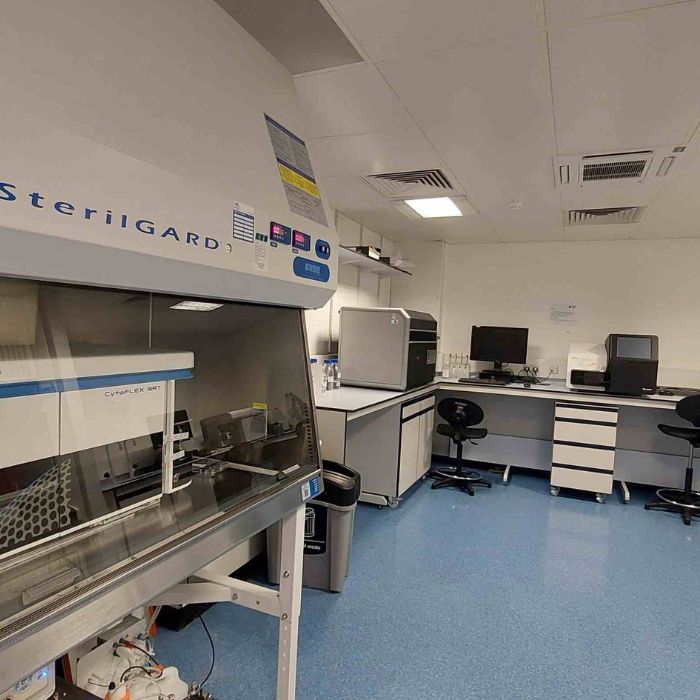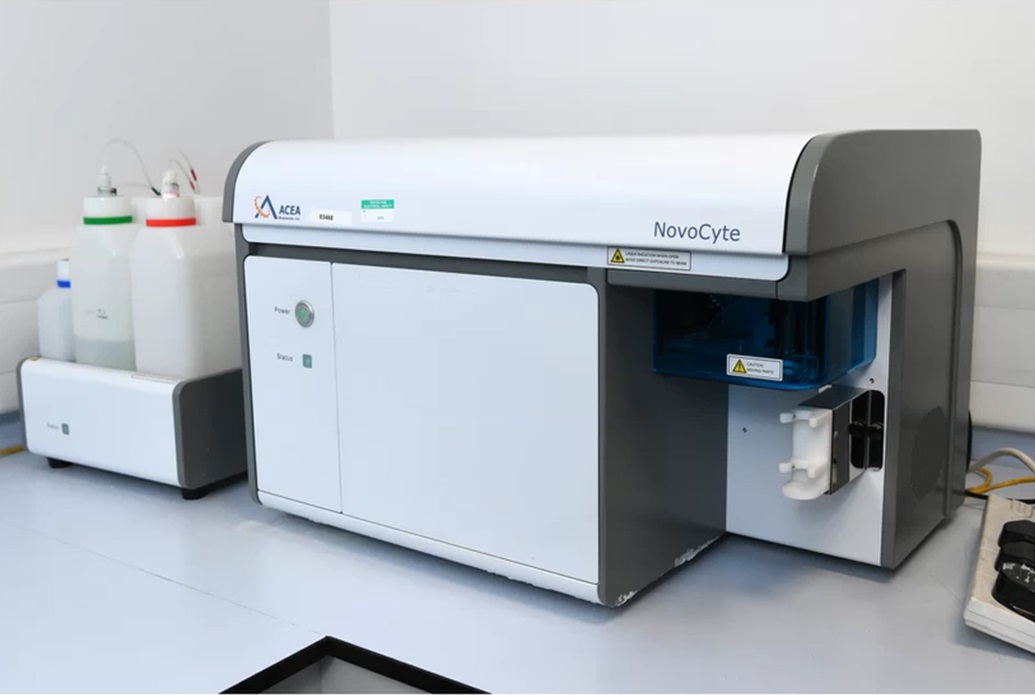CIRTM members have expertise in the following fields of research:
- Thrombo-inflammation and its resolution following ischaemic reperfusion injury in cardiovascular and cerebrovascular diseases
- Pharmacology and drug safety studies (e.g. non-steroidal anti-inflammatory drugs) in zebrafish; adverse outcome pathway development to predict in vivo drug toxicity
- Growth factor genes in cancer immune surveillance and autoimmunity; mechanisms of antigen presentation for tumour vaccination
- Protective endogenous factors (e.g. lung surfactant protein D) as therapeutic targets in asthma and lung infection
- Innate and adaptive immunity to infectious diseases; vaccine-induced biomarkers of protection against tuberculosis; bacillus Calmette-Guerin (BCG) vaccination and its mechanisms of action; immunometabolism as a vaccine target
- Molecular epidemiology of tuberculosis and molecular evolution of Mycobacterium tuberculosis
- The microbiome, microbial ecology and ecosystems.
- Signalling pathways that control antimicrobial resistance and biofilm formation
- Pseudomonas aeruginosa and Acinetobacter baumannii pathogenesis
- Large scale analysis of clinical and genetic determinants for cardiovascular diseases
- The role of oncogenic transcription factors in the development of neuroblastoma and adenoid cystic carcinoma
- New cell and gene therapy approaches for monogenic diseases (Friedreich’s ataxia)
- Roles and therapeutic opportunities involving cilia and centrioles in cancer and ciliopathies
- Volatile organic compound analysis for non-invasive disease diagnosis and environmental monitoring
Within the Centre, we have a wealth of expertise in many analytic research tools and techniques and, either at our Uxbridge campus or through collaborative links, have access to the following technical resources:
- In vivo (rodent and larger species e.g. pigs) models of disease such as thrombosis, inflammation, infection, lung allergy, oedema and transplantation
- Mouse models of human cancers (neuroblastoma and adenoid cystic carcinoma)
- Zebrafish models of drug safety and mechanisms of action
- In vivo Galleria mellonella model (infection, microbiome, burn wound, drug discovery/kinetics)
- Robotic High throughput screening (phenotype screening, drug discovery, library preparation, colony picking)
- Gene synthesis; cDNA cloning; recombinant protein expression in E. coli, Pichia pastoris, baculovirus, Drosophila S2 cells and mammalian cell lines; Crispr/Cas9 technology
- High throughput sequencing; microarray; proteomics; epigenomics; ELISA; immunohistochemistry; multiparameter flow cytometry; multiplex bead array assays
- Intra-vital and confocal intravital microscopy; magnetic resonance imaging; positron emission tomography; single photon emission tomography and in vivo imaging systems
- Confocal analysis of mitochondrial dynamics and function
- In vitro models of human innate and adaptive immune responses, mycobacterial growth inhibition assays
- Bioinformatic and statistical analysis of large datasets; genome-wide association studies; genetic risk scores; machine learning
- Selected ion flow tube mass spectrometry for volatile compound and trace gas analysis

Bio-imaging suite

Spinning disk microscope

Flow Cytometry Facility

Flow cytometer